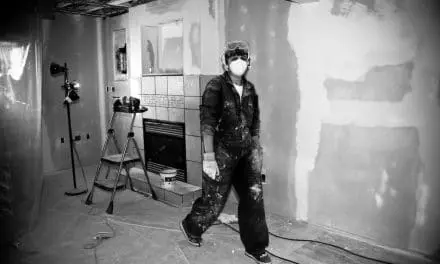As the largest producer of natural fiber insulation in North America, GreenFiber has been helping schools, churches, housing complexes, businesses and other organizations with their paper recycling needs since 2000. GreenFiber’s recycling process is the first step towards the development of an insulation product that helps reduce incremental demand for landfill space, educates youth on the importance of recycling, and creates greener communities.
GreenFiber natural fiber insulation products have been certified by Scientific Certification Systems (SCS) for a minimum 85% recycled wood fiber content, with at least 55% postconsumer and the balance (30%) pre-consumer recycled content, on a dry weight basis. Green-Buildings’ team of LEED® Accredited Professionals evaluated GreenFiber’s natural fiber insulation and determined that this product may:
A. Conserve Energy for Heating and Cooling
GreenFiber natural fiber insulation provides excellent thermal resistance and can play a significant role in reducing the energy used in heating and cooling residential and commercial buildings. By reducing the transfer of heat in either direction through a building’s envelope, GreenFiber’s insulation products help to minimize the amount of energy needed to heat and cool a building. This can lead to reduced greenhouse gas (GHG) emissions, such as CO2, commonly produced by coal-fired and gas fired power plants during energy generation.
B. Improve Building Durability
GreenFiber natural fiber insulation products may be used in flat ceilings, walls, cathedral ceilings, under floors and in basements. Due to its product density, GreenFiber may also act as a soundproofing material, helping to create a quieter home environment. The loose-fill, lightweight nature of blown-in natural fiber insulation provides the benefit of filling in around pipes, wires and electrical boxes. This blown-in process eliminates the air gaps and voids that are common with some other insulation products, Gaps and voids may lead to a reduction in R-value, unwanted air and moisture infiltration, and/or gaps in a fire barrier. The use of insulation in new construction, or adding more insulation to an existing structure, increases that building’s ability to manage thermal, moisture vapor, ventilation and acoustical properties, while at the same time reducing the structure’s greenhouse gas emissions and carbon footprint.
C. Improve Indoor Environmental Quality
GreenFiber natural fiber insulation is mold resistant per ASTM C 1338 and, when properly installed and maintained, will not contribute to mold germination and growth. Boric acid is used as a fire retardant in GreenFiber’s natural fiber insulation and is also an EPA registered fungicide. GreenFiber natural fiber insulation also offers excellent acoustical performance. It has proven extremely effective in controlling sound transmission based on its inherent density, its ability to install evenly in irregular spaces and its natural tendency to eliminate air gaps where sound would travel.
D. Reduce Demand for Raw Materials
GreenFiber’s products are manufactured from materials comprised primarily of cellulose byproducts (recycled material). Its manufacturing process diverts materials from landfills across North America. GreenFiber natural fiber insulation products have been certified by Scientific Certification Systems (SCS) for a minimum 85% recycled wood fiber content, with at least 55% post-consumer and the balance (30%) pre-consumer recycled content, on a dry weight basis.








